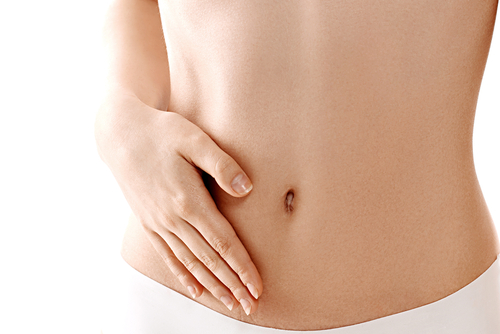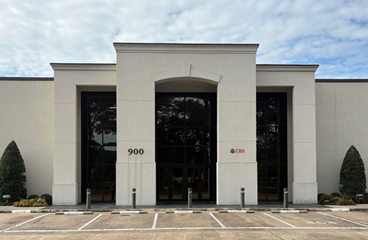900 East St. Mary Blvd. #104
Lafayette, LA 70503
There is good chance that, despite dieting and exercising, your stomach may not meet your expectations as far as appearances go.
As a result of weight changes, pregnancy, surgery, or heredity, many people develop abdominal issues. These issues may include excess loose skin, weakened and sagging abdominal muscles, excess fat, and stretch marks.
IDEAL CANDIDATES FOR A TUMMY TUCK
Tummy tucks are common among women who have given birth and individuals who have experienced drastic weight loss. A tummy tuck is for individuals dealing with the following issues:Excess abdominal fat, excess skin, sagging muscles, and/or stretch marks
A misshapen abdomen due to drastic weight loss or pregnancy
A protruding abdomen that may be perceived as unattractive
You should be done with the process of having children since childbirth can alter the results of the procedure. Finally, your weight must be stable. Slim people with stubborn fat and saggy skin are the perfect candidates for this procedure.
THE TUMMY TUCK PROCEDURE
After anesthesia is administered to the patient to make them comfortable and pain-free, the first incision will be made. This incision is created over the pubic mound and travels from one hipbone to the other. Another incision will be made around the navel.
After this, the skin from the abdominal wall to the ribcage is loosened and the fascia of the abdominal muscles is sutured to make them tight. This phase is called the muscle repair phase. The excess fat is removed using a range of methods. The abdominal skin is then pulled over the incision area and the excess skin is taken off. To finish the procedure, the surgeon sutures the incisions closed.
TUMMY TUCK RECOVERY PROCESS
When you’re recovering from a tummy tuck, it’s vital that you follow your surgeon’s instructions closely. These are given specifically with each patient’s unique healing process in mind and will result in a shorter and more comfortable recovery.
After a tummy tuck, patients notice a degree of post-surgical swelling and bruising in the abdominal region. These can be controlled through the use of an elastic compression garment, which should be worn during the healing process.
Staying home from work will be necessary for a time in order to avoid causing any sort of complications with healing. Avoid exercise and other strenuous activities. Remember that it will be important to stay active to some degree to prevent the formation of blood clots.




